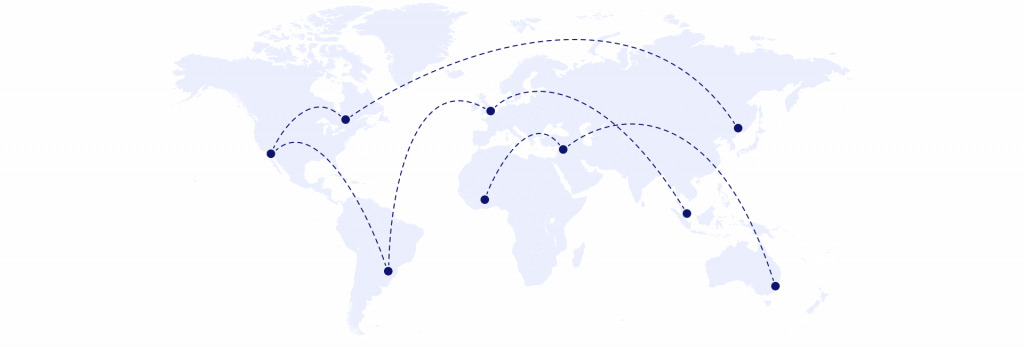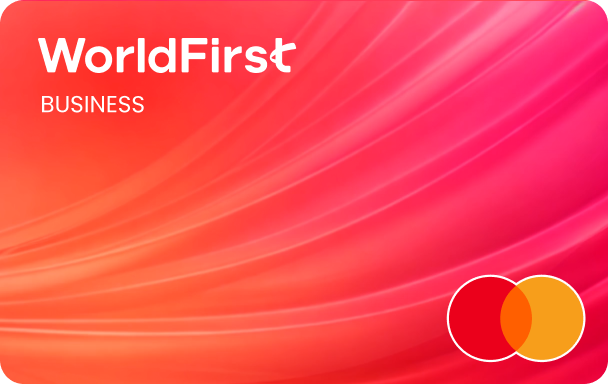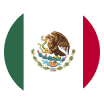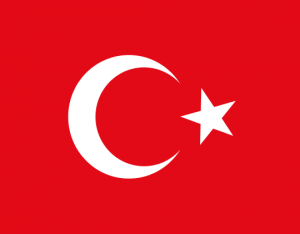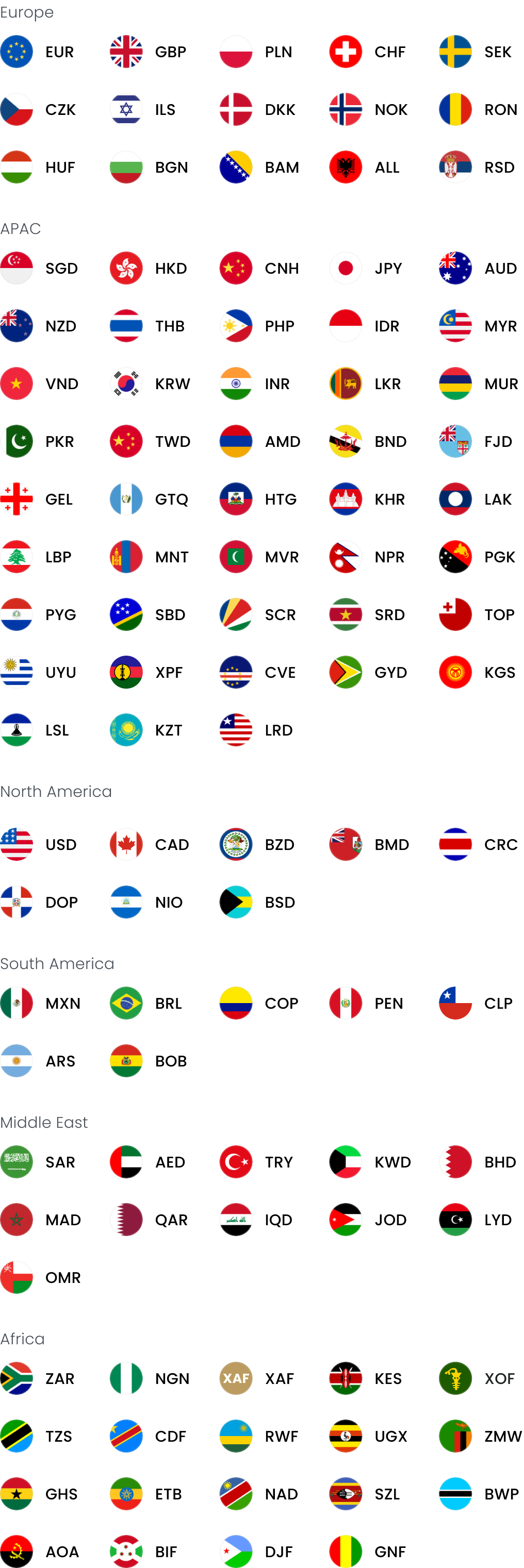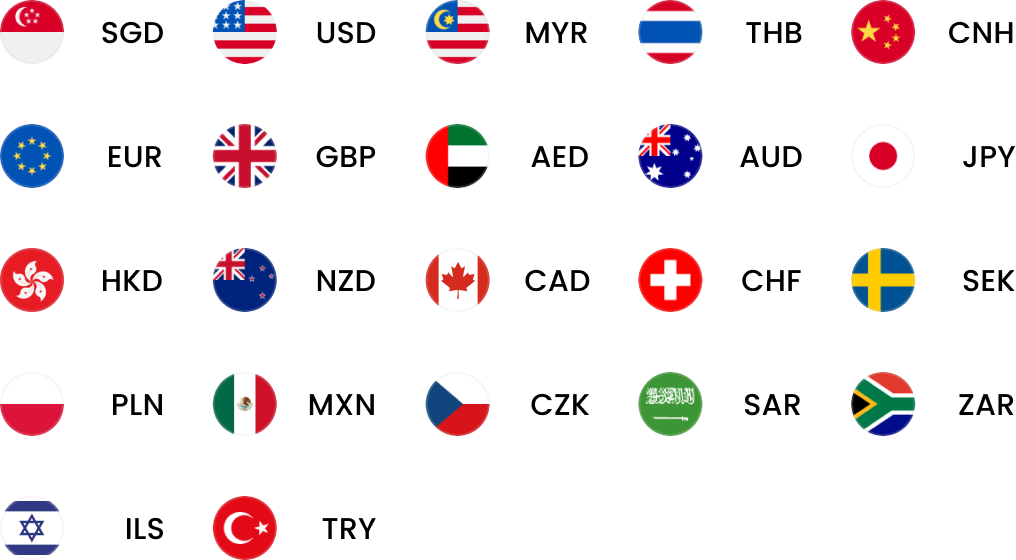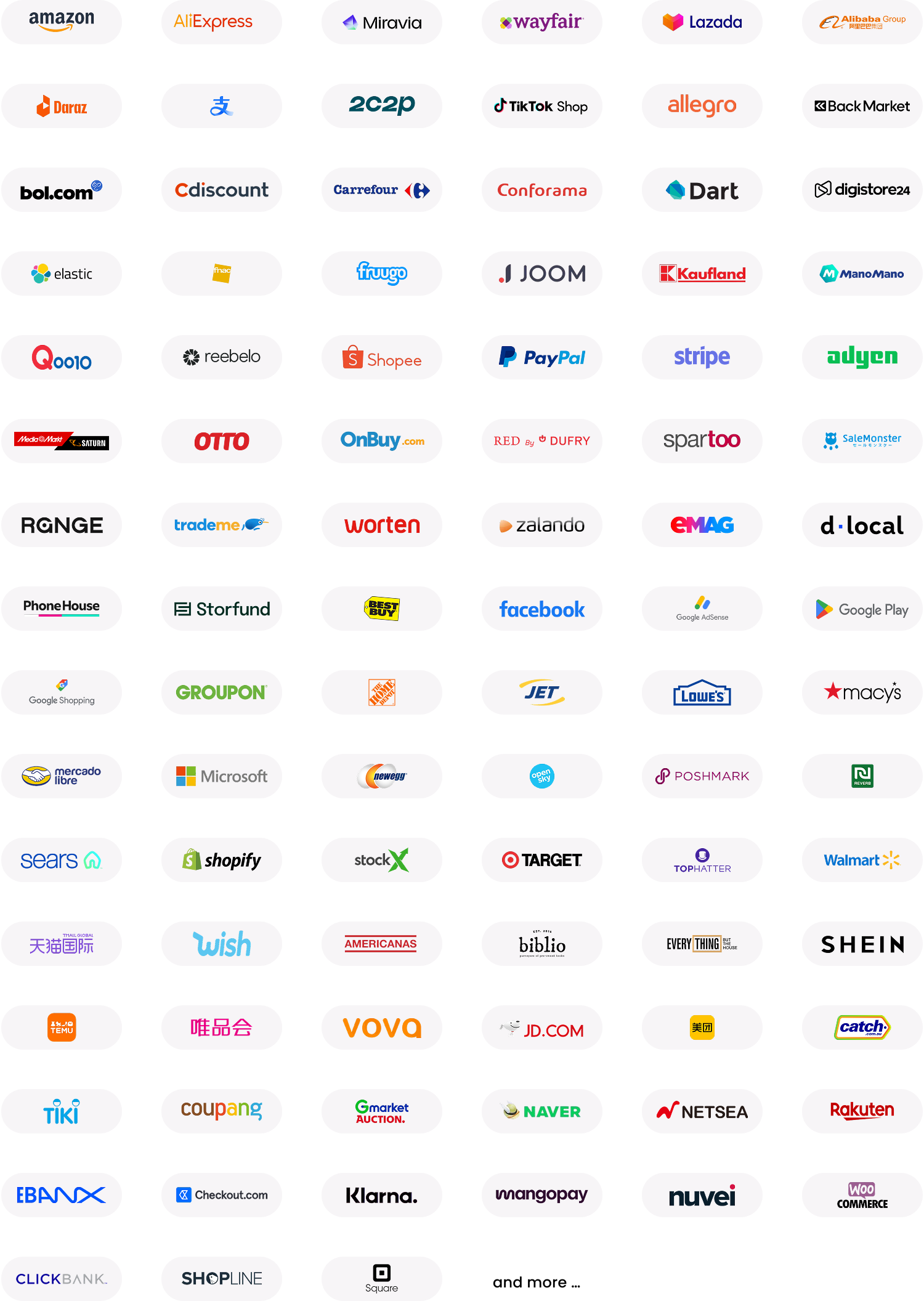Understanding Mexico’s unique shopping landscape
Mexico’s strategic location and cultural influences can offer good opportunities for e-commerce sellers. Learn the essentials and what to consider when setting up shop in Mexico.
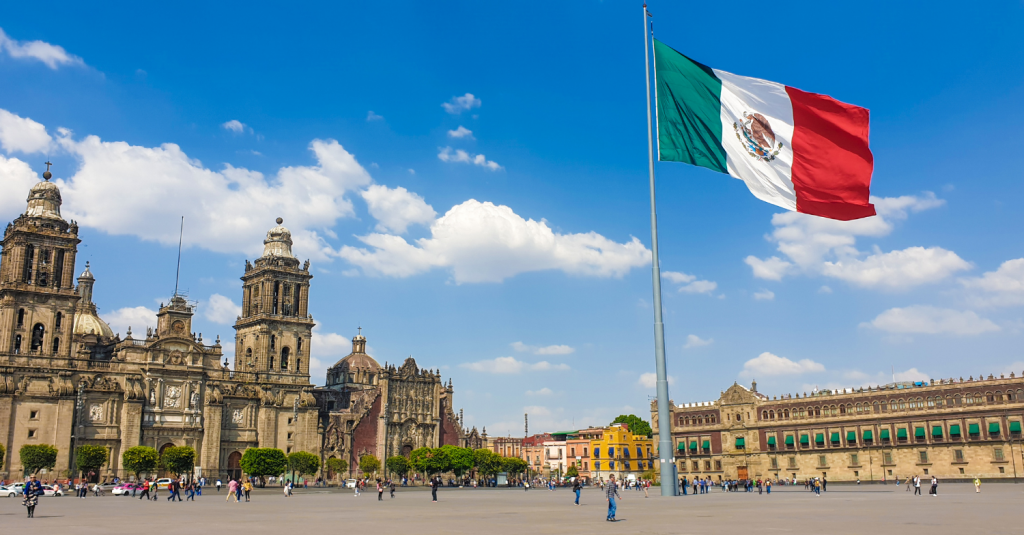
Mexico is the second largest economy in Latin America, with an e-commerce sector poised for explosive growth. Combining North American influences with a distinct Latin American culture, the Mexican e-commerce market stands out because it’s familiar in some ways to English-speaking sellers but offers the advantages of Latin American commerce.
To take full advantage, it’s essential to understand the local shopping terrain. In this article, we’ll cover the latest consumer trends in Mexican shopping that you should consider as an online retailer.
Trends in Mexican shopping
Mobile is where it’s at in Mexico. The adoption rate for smartphones is soaring and the increasingly digitally-savvy younger generations are driving online sales – in fact, 83% of e-commerce consumers are under 44 years old. At the same time, Mexicans are more indifferent to the in-store shopping experience compared to the global average. Of those surveyed, only 12.6% said they missed the shopping experience when purchasing online, compared to the global average of 17.7%.
This makes e-commerce a great place to start if you’re looking to expand into Latin America, specifically Mexico. However, your online shopfront and digital experience need to be optimised for mobile, as three quarters of purchases are made on smartphones, compared to 36% and 29% on laptops and tablets respectively.
Mexicans are also among some of the most brand-loyal in the world; many of them have a desire to create a relationship with a brand. This means that if you can personalise their interactions with your brand and earn their trust, you’ll go a long way in establishing a foothold in the market.
Finally, thanks to rising income levels and a growing middle class, they also have more disposable income for purchases. By 2050, economists forecast that Mexico’s economy will grow to be the fifth-largest in the world.
Setting up as a seller
To start selling in Mexico, there are some local nuances to be aware of:
Payment landscape
One of the first things you’ll notice about the Mexican market is its mixed payment landscape. Credit and debit cards are increasingly popular, but alternative payment methods such as OXXO cash payments are widely used. In fact, nearly 20% of online orders are made via OXXO. Essentially, when you enable OXXO payments in your online store, it appears as a payment option at checkout. Customers who choose this will be sent a transaction voucher that they can pay in-person at any OXXO convenience store.
A high percentage of Mexicans still prefer cash transactions, and systems like OXXO allow for this. To capture this audience, consider adding it as a payment option on your e-commerce site.
Logistics infrastructure
Mexico offers a well-connected logistics network, as it’s geographically close to the US and has access to both Atlantic and Pacific ports. This means relatively fast shipping times, which can be a big win for customer satisfaction. However, be prepared for challenges in last-mile delivery due to local conditions such as traffic. Partnering with local courier services may help with reliable delivery times.
Culture and language
While Spanish is the primary language in Mexico, just translating your website won’t be enough. Mexican consumers appreciate a more personalised touch, so localised marketing strategies could be far more effective. Think customer service and marketing campaigns that resonate with local sentiments and cultural nuances.
Red tape and taxes
Taxation and regulations are daunting aspects of entering a new market. Mexico has its own set of rules when it comes to value-added tax (IVA), income tax (ISR), and special tax on products and services (IEPS). Even though these structures have been simplified over the years, you’ll still need a solid understanding to navigate them effectively.
In terms of the regulatory environment, though, the government has taken leaps in streamlining digital transactions and reducing red tape, making it a business-friendly environment. For example, Mexico was one of the first Latin American countries to implement a mandatory e-invoicing system, also known as CFDI (Comprobante Fiscal Digital por Internet). Customs procedures have also been simplified, which is great news for e-commerce businesses importing or exporting goods.
- Open 20+ local currency accounts and get paid like a local
- Pay suppliers, partners and staff worldwide in 100+ currencies
- Collect payments for free from 130+ marketplaces and payment gateways, including Amazon, Etsy, PayPal and Shopify
- Save with competitive exchange rates on currency conversions and transfers
- Lock in exchange rates for up to 24 months for cash flow certainty
Mexico’s must-know shopping events
Regional shopping events are a gold mine for e-commerce sellers and Mexico has its own calendar of must-know dates. Beyond global campaigns such as Amazon Prime Day, Black Friday and Cyber Monday, here are some specific to Mexican culture.
El Buen Fin (The Good Weekend)
Think of this as Mexico’s answer to Black Friday. Occurring in November, El Buen Fin is a four-day shopping extravaganza that offers huge discounts and special promotions. Both brick-and-mortar stores and e-commerce platforms participate, making it one of the busiest shopping periods in Mexico. It’s an excellent time to gain visibility, attract new customers and increase sales.
Día de los Muertos (Day of the Dead)
This is a culturally significant holiday that takes place at the beginning of November. While it’s not traditionally a shopping holiday, e-commerce platforms have started to offer themed products and discounts. This is particularly true for categories like decor, fashion and even food items that are relevant to the celebration.
Christmas and Día de Los Reyes (Day of the Kings)
In Mexico, Santa doesn’t have a monopoly on gifts during the Christmas season. While some kids may be lucky enough to receive gifts on both Christmas Day and the Day of the Kings (6 January), traditionally the latter is when gifts are left for children, in homage to the Three Wise Men who gave presents to Baby Jesus. The lengthy Christmas season is a huge deal for retail and e-commerce, with the shopping season kicking off right after El Buen Fin and running through to early January. Expect high demand for gifts, decorations, and seasonal products.
Día del Niño (Children’s Day)
Held on 30 April, Día del Niño is a day dedicated to children. Toys, clothing, and educational items see a spike in sales. Many e-commerce platforms offer special promotions and discounts to capitalise on the occasion.
Día de la Madre (Mother’s Day) & Día del Padre (Father’s Day)
Both these days are important for retailers and e-commerce sellers alike. Mother’s Day always falls on 10 May, while Father’s Day is on the third Sunday in June. Personal care items, fashion, and electronics are among the popular categories during these periods.
Hot Sale
This is an online shopping event, usually in May, that promotes e-commerce in Mexico. It’s organised by the Mexican Association of Online Sales (AMVO) and is similar to Cyber Monday in the US. Use this period to gain new customers, especially those who are hesitant to shop online. Many retailers offer extra incentives like free shipping or extended return policies.
These shopping events can give a boost to your sales and customer base, so make sure they’re included in your marketing strategy.
Want to know more about where to get started when it comes to Mexican marketplaces? Head over to our guide: The Mexico e-commerce market is your next growth opportunity.
How the World Account can help
It’s a breeze to take your e-commerce game to Mexico with our new Mexican peso (MXN) currency account, which lets you accept payments in the local currency. Need to pay suppliers or settle international invoices? You can do that directly from your sales revenue. Plus, our World Account syncs with over 100 global marketplaces such as Amazon Mexico and MercadoLibre, as well as payment gateways like PayPal. Even mass payments and accounting are simplified with up to 200 payments in one transaction.
Besides MXN, your World Account also gives you access to local currency accounts with local details in GBP, USD, AUD, CNH, EUR, HKD, SGD and more. It’s your easy alternative to a business bank account abroad.
Open a World Account for free today and get your Mexican expansion started.

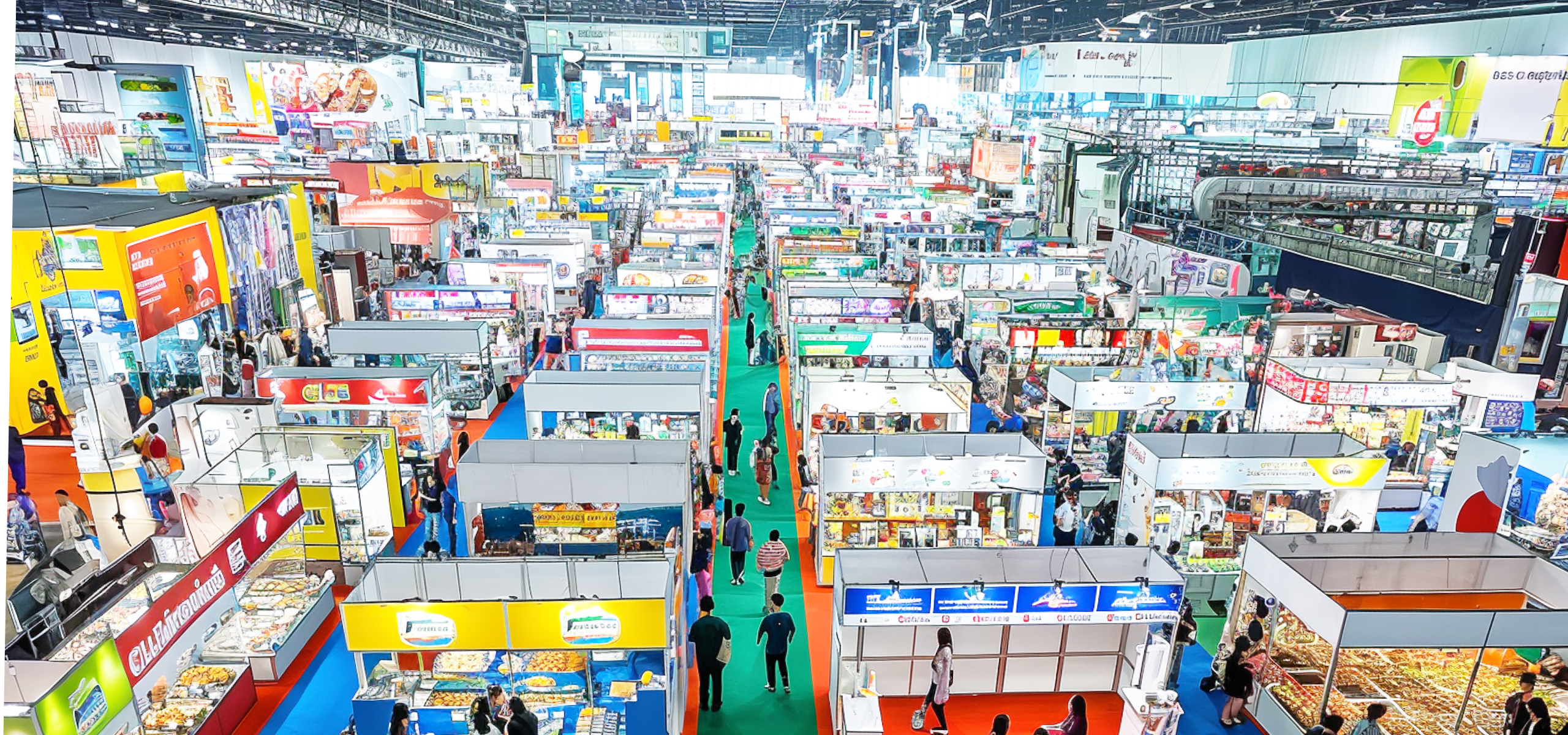
Expanding your F&B business to Thailand
Explore how to successfully expand your F&B or horeca business to Thailand, tapping into its vibrant market and leveraging strategic business incentives.
May / 2024
Doing business in Malaysia: Opportunities and costs | WorldFirst
Explore business opportunities and manage costs effectively in Malaysia with this guide for Singapore businesses.
Apr / 2024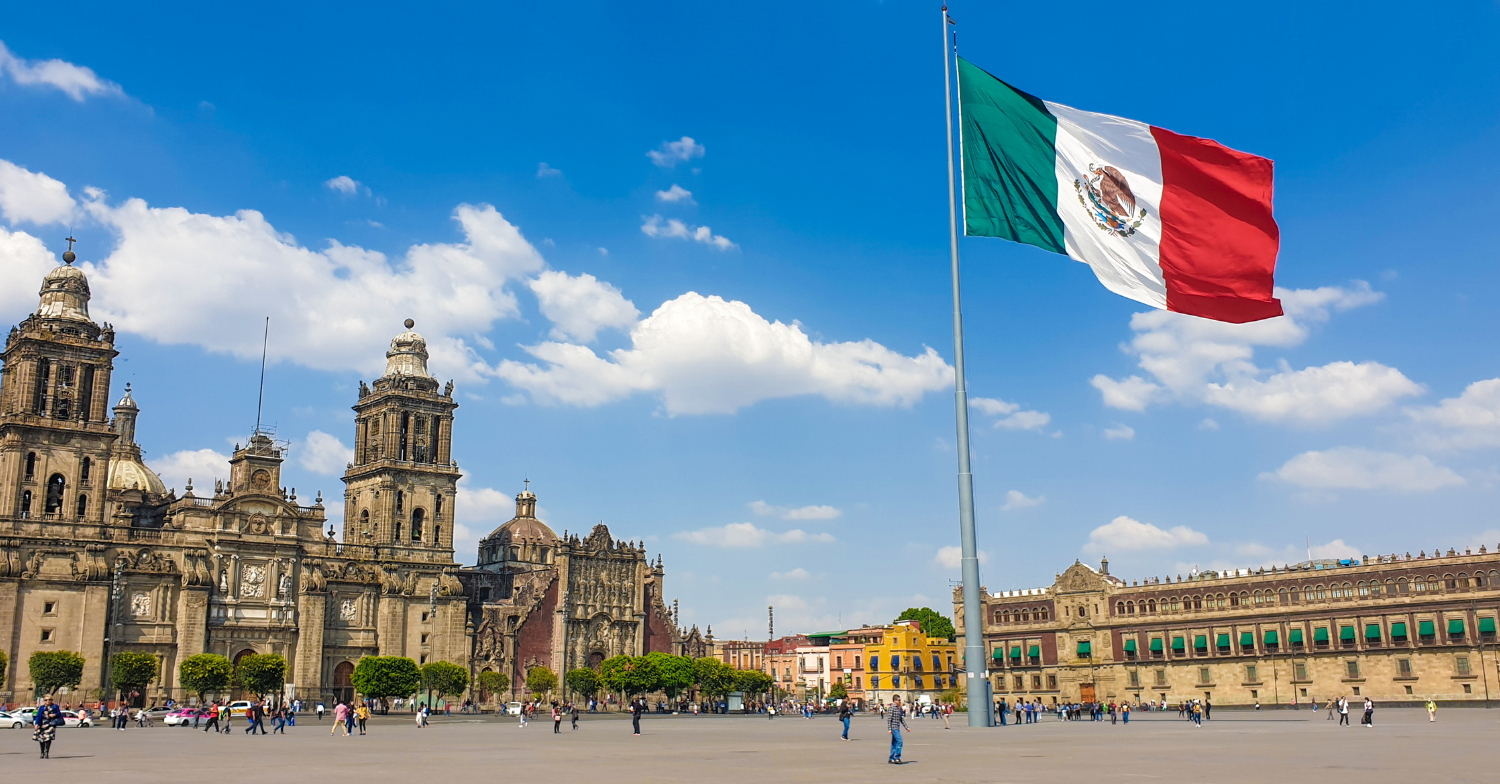
Understanding Mexico’s unique e-commerce landscape
HomeInsights from WorldFirstUnderstanding Mexico’s unique shopping landscape Mexico’s strategic location and cultural influences can offer good opportunities for e-commerce sellers. Learn the essentials and what to consider when setting up.
Apr / 2024- Almost 1,000,000 businesses have sent USD$300B around the world with WorldFirst and its partner brands since 2004
- Your money is safeguarded with leading financial institutions
